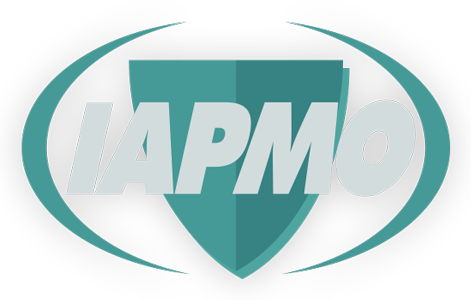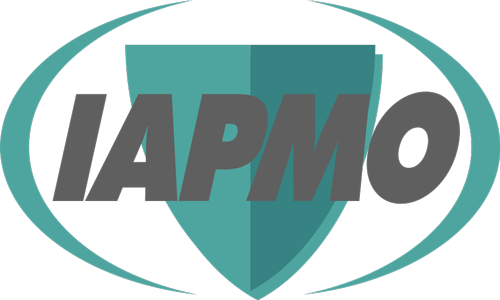IAPMO joins DigDeep in support of efforts to bring clean water and safe sanitation to every American
There’s a country in the world where more than 1.57 million people live in homes without running water, indoor plumbing, or safe ways to eliminate wastewater. Another half-million or more are homeless and suffer similar water access issues.
You might guess it’s a developing nation or one that has recently been decimated by floods, famine, or war. But that’s not the case.
Right here in the most prosperous democracy on earth, we have residents in all 50 U.S. states living inside the water access gap, mostly low-income families and their communities. While costly to fix, this issue is far more costly to ignore. Allowing 1.57 million Americans to live without a toilet or tap at home costs the U.S. economy $8.58 billion per year–an average of $15,800 per household–in health care, time spent collecting and paying for bottled water, loss of time at work and school, and premature death.
Those glaring findings are among the many revelations from Draining: The Economic Impact of America’s Hidden Water Crisis, an in-depth analysis of the costs and benefits of extending water and sanitation access to every home in the United States.
Produced by DigDeep, a non-profit organization working to improve access to clean running water in U.S. communities, the report included contributions from other partners including Altarum, the American Heart Association, Robert Wood Johnson Foundation, and the International Association of Plumbing and Mechanical Officials (IAPMO®). It builds on and reintroduces key recommendations from DigDeep’s earlier report on the topic: Closing the Water Access Gap in the United States: An Action Plan.
While the water access gap is wide and deep, it is solvable – to the benefit of numerous parties even beyond the individuals and families suffering from a lack of access to water and sanitation. With the passage of the bipartisan Infrastructure Investment and Jobs Acts of 2021, $55 billion in water-specific infrastructure funding is available to be spent over the next five years.
Since much of that investment will be used to upgrade and repair existing systems, DigDeep notes that targeted investments are needed for new access and to close the water gap for good.
Learn How To Leverage Public-Private Partnerships To Bring Clean Water And Safe Sanitation To Underserved Communities
Regardless of the funding source, closing the water access gap would be a smart investment for all Americans. That’s because, according to in-depth research compiled for the report, the economic benefits of closing the water access gap outweigh the costs by nearly 5 to 1.
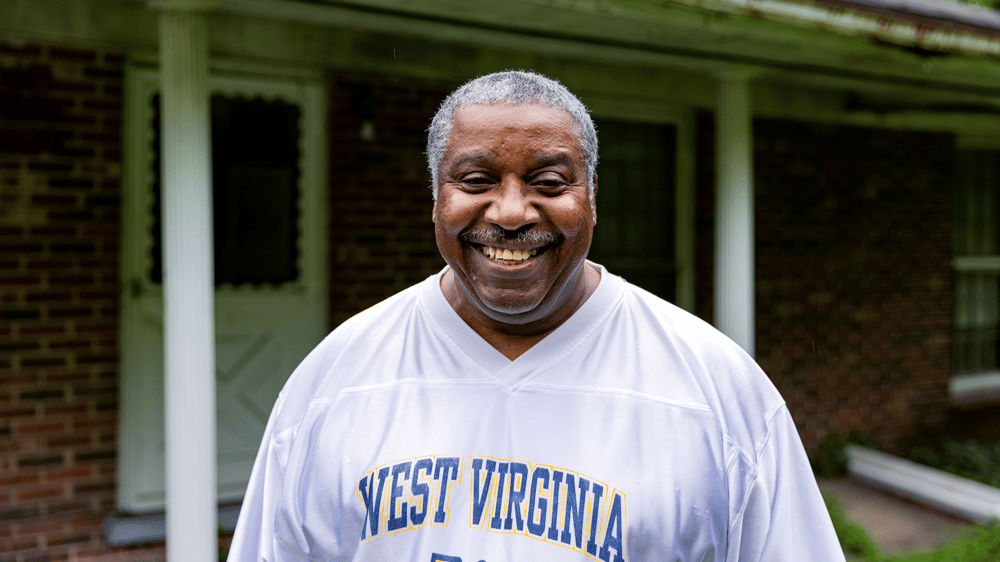
The Water Access Gap Disproportionally Affects People Of Color
Of the surprisingly large number of people across the U.S. and Puerto Rico who are in the water access gap, about 533,000 are homeless. For accuracy, the report focuses on the 539,000 households in the 50 U.S. states, the District of Columbia, and Puerto Rico that lack running water and indoor plumbing—a total of about 1.57 million people.
Many of them are people of color. In fact, as stated in the report, race is the strongest predictor of whether or not a family has access to a tap or toilet at home. Indigenous households are 19 times more likely than white households to live without basic plumbing, while Black and Latino households are twice as likely.
One such family – profiled in the report – is that of Brenda Johnson, who lives in a Navajo community in rural Smith Lake, New Mexico. Its isolated location means the residents have no access to public water and rely on deliveries of water by truck every few weeks; Brenda uses some of her water allocation to make tamales which she sells to local residents.
A few years ago, Brenda’s husband injured his foot in a workplace accident. But because they had no running water in their home, he was unable to properly treat the wound, which became severely infected. After he was treated at a hospital 50 miles away in Gallup, he had no money to return home and was homeless for several nights, until Brenda earned enough from her tamale sales to pay for gas.
Today, the family’s fortunes have changed, thanks to the addition of running water in their home. But dozens of their neighbors, and more than 1.57 million other Americans, are not yet so fortunate.
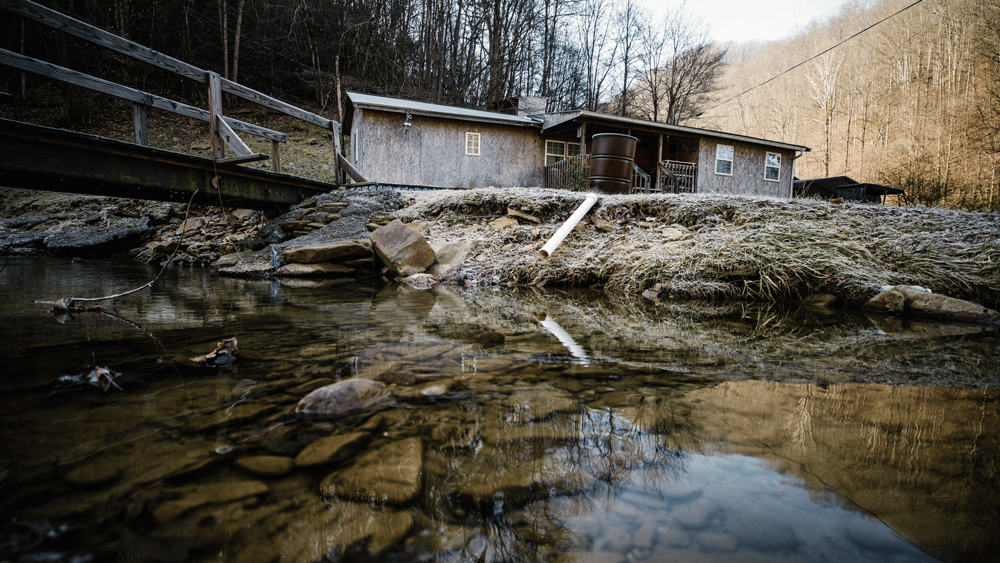
The Economic and Human Toll of the Water Access Gap
The costs of the water access gap are staggering. Individuals without the water and sanitation that most of us take for granted suffer significantly; as the Brenda Johnson example illustrated, they are more likely to be sicker, poorer, and unable to work due to being caught in the water access gap.
Consider these statistics, included in the report, attributed to the water access gap:
- $15,800 – the annual cost, per household, to the U.S. economy for each household without access to running water or basic plumbing. It includes health care costs, time spent collecting and paying for bottled water, loss of time at work or school, and premature death.
- 219,000 – the annual number of waterborne illnesses, including Legionella.
- 71,000 — the annual number of cases of mental illness
- 7 million – the annual number of work hours lost
- $1 billion – the annual loss in U.S. Gross Domestic Product (GDP)
- 610 – annual premature deaths
- $8.58 billion – total annual cost to the U.S. economy
The Economic Benefits of Closing the Water Access Gap
There is good news in the report, which is that every dollar invested to bridge the water access gap reaps $4.65 in economic return.
The report estimates that $1.65 of the return is in the form of direct benefits such as lowered health care costs and more time to work or study; and $3 in implicit benefits by reducing premature loss of life. These benefits offset a number of detrimental effects of the water gap, including lost productivity and earnings due to physical disease and mental health conditions; the time spent by working-age adults and school-age children in collecting water for the household; and higher healthcare costs.
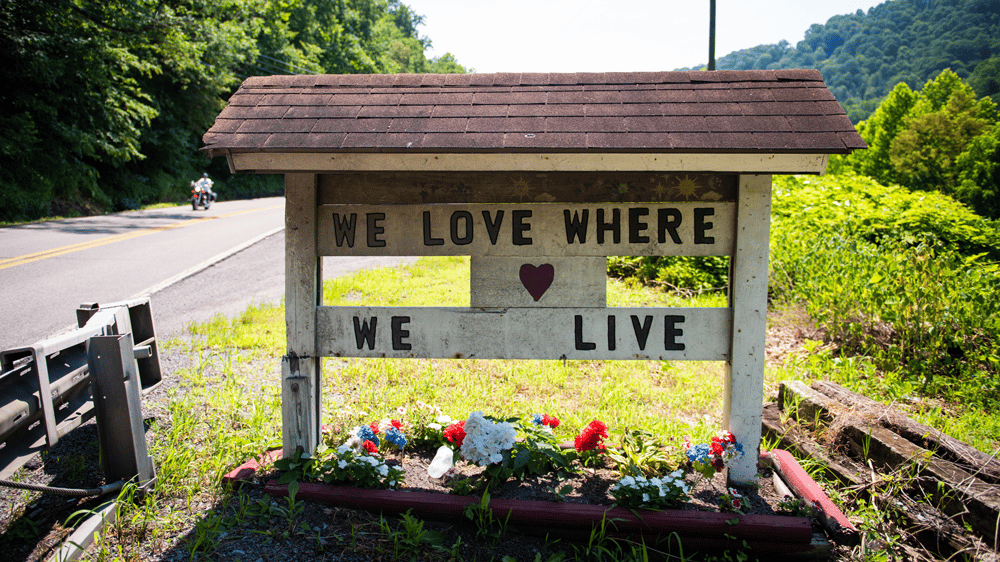
How to Close the Water Access Gap
Armed with this data, and the federal infrastructure investment, the goal of closing the water access gap seems reachable, at last. But the market won’t solve this on its own. Therefore, the report’s authors revisited and updated their recommendations from the 2019 report – and are suggesting the following action steps to solve the problem, once and for all:
-
- Expand and refocus federal and state funding. Closing the water access gap requires more funding, more flexibility in funding, and funding for interim solutions and new technologies. These efforts should build on the $55 billion in water-specific funding authorized in the Infrastructure Investment and Jobs Acts of 2021.
- Use data to bring visibility to communities. Currently, no central entity collects data on the scope of the U.S. water access gap. Federal data collection must be accompanied by outreach to vulnerable communities to assist them in using data for advocacy and designing solutions.
- Define the water access gap as a crisis. Many countries, and the United Nations, have recognized the urgency of water access by passing resolutions recognizing the human right to water and sanitation. The U.S. federal government should signal its leadership on this issue by doing the same.
- Build a domestic Water, Sanitation, and Hygiene (WaSH) sector. Closing the water access gap will only be possible if led by a dedicated “community of practice” made up of NGOs, funders, research institutions, government agencies, and impacted communities working together toward a shared goal.
As an advisor to the creation of this report, IAPMO wholeheartedly endorses these recommendations. Access to clean water and safe sanitation is a basic right, and closing the water access gap means advancing equity and righting historical wrongs.
We must bridge the water access gap, and IAPMO – along with its philanthropic arm, IWSH — will continue to address these critical national and worldwide issues by participating in research, programming, and policy development to improve the quality of life for those in poor, rural or underserved communities.
